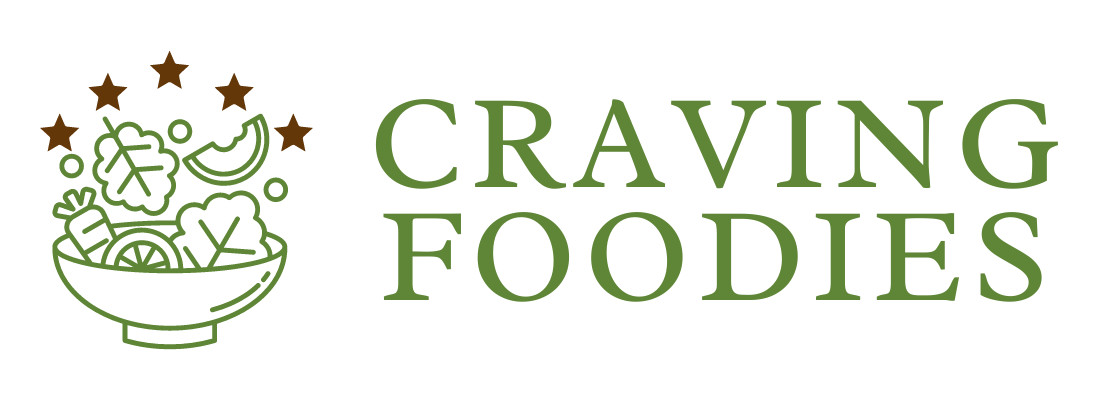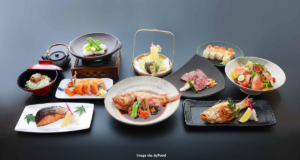
Coffee Jelly Recipe: 1 Of The Best Japanese Desserts
Tired of drinking coffee in the same old way? Don’t worry because this Coffee Jelly recipe allows you to eat coffee. People who made this dish according to the recipe gave it a solid 4.75/5 stars. Taking the preparation and cooking time, this takes a total time of 5 hours and 15 minutes. What Is Coffee Jelly? A Brief History Behind This Dish ● Coffee Jelly was originally came from England in the early 1800s, and the recipes started to appear in various cookbooks in 1817. ● The Coffee Jelly recipe got into Japan in the 19th century. In 1914, this appeared in the recipe section in The Yomiuri Shimbun’s. ● This became popular in Japan after Mikado Coffee chains started to sell this in 1960s. They marketed the jelly labelling “Coffee you can eat”. With the amount of ingredients we have provided here for you, this Japanese dish is just perfect for 4 servings. RELATED: Best Gazpacho Recipe: 1 Cool Bowl Of Soupy Happiness Ingredients: ● 2.5 to 3 cups of strong brewed Coffee ● 5 gm of Kanten Powder (agar) ● 1/3 cup of Granulated White Sugar ● 3 tablespoons of Milk for Coffee Jelly ● Half cup of Fresh Cream ● 3 tablespoons of Sweetened Condensed Milk ● Coffee Beans or Mint Leaves topping Japanese Coffee Jelly: A Step-by-step Guide For You Step 1 At first take a small saucepan and wash it well. Since you have to brew the coffee beforehand, make sure you do that before assembling ingredients. Now, add 2.5 cup of the strongly brewed coffee into the small saucepan. However you might find some recipes out there who will suggest you to use instant coffee. But for this recipe we have done our best to stick to the traditional Japanese methods. Step 2 Just in case you still want to use the powder for Coffee Jelly, wait for sometime. Place the pot over a medium low heat and weight till the water starts to get heated enough. Do not let it bubble up though. When the water is warm enough, take 1 stick packet Kanten powder (agar) and pour in into the coffee water mixture in the saucepan. Step 3 You will have to make sure that there are no lumps left. For this, take a whisker and lower the flame. Start whisking the mixture vigorously still everything is combined well with the agar powder. Increase the heat to medium high setting and bring the mixture to a boil. Reduce the heat and let this simmer for at least 2 to 3 minutes. During this time whisk the mixture constantly. Step 4 Since we are using Kanten Powder, whisk well for good and thick Coffee Jelly. Turn the heat off and add 1/3 cup of White Sugar. Take the whisker and mix the sugar properly, leaving no lumps behind. Those of you who are planning to use Instant Coffee Powder, wait for this step to come. Add coffee powder and mix it well with the hot water. Step 5 Hold a Nagashikan under water and shake the excess water off. This is 15×15 cm rectangular mold that will give the shape to the Japanese Coffee Jelly. Shake the board and get rid of excess water but keep some moisture in the tray. This will prevent jelly from sticking to the sides of the Nagashikan. Step 6 Carefully pour the hot mixture into this mould and let everything settle down properly. In case you spot some bubbles rising up to the surface, use a toothpick to pop them. For more bubbles and froth, scoop them off with a spoon. Afterward, let this cool off and reach anywhere near the normal room temperature. Step 7 It might take 50 to 60 minutes and soon, you will spot the Jelly starting to form. As soon as it happens, wrap around with paper towel and refrigerate it for 5 hours. In a seperate bowl, pour in 3 tablespoons of sweetened Condensed Milk and 4 tablespoons of Milk. Mix it well till the mixture is thick. Step 8 Take out the Nagashikan, and with a knife, carefully slide the jelly into a board. Cut it into cubes and divide them in glass bowls. Drizzle with the condensed milk topping from above till the jelly cubes are slightly submerged. Add a fresh dollop of whipped cream and your Japanese Coffee Jelly Recipe is ready to serve. Nutritional Values: ● Total Calories 68 kcal ● Carbohydrates 18 gm ● Proteins 2 gm ● Total Fat 1 gm ● Saturated Fat 1 gm ● Polyunsaturated Fat 1 gm ● Total Sugars 16 gm ● Dietary Fiber 2 gm ● Sodium 4 mg ● Potassium 91 mg ● Calcium 25 mg ● Iron 2 mg READ MORE: German Beef Rouladen: 1 Of The Best Ways To Enjoy Beef Sauerbraten Recipe: 1 Of The Best Dishes In German Cuisine




